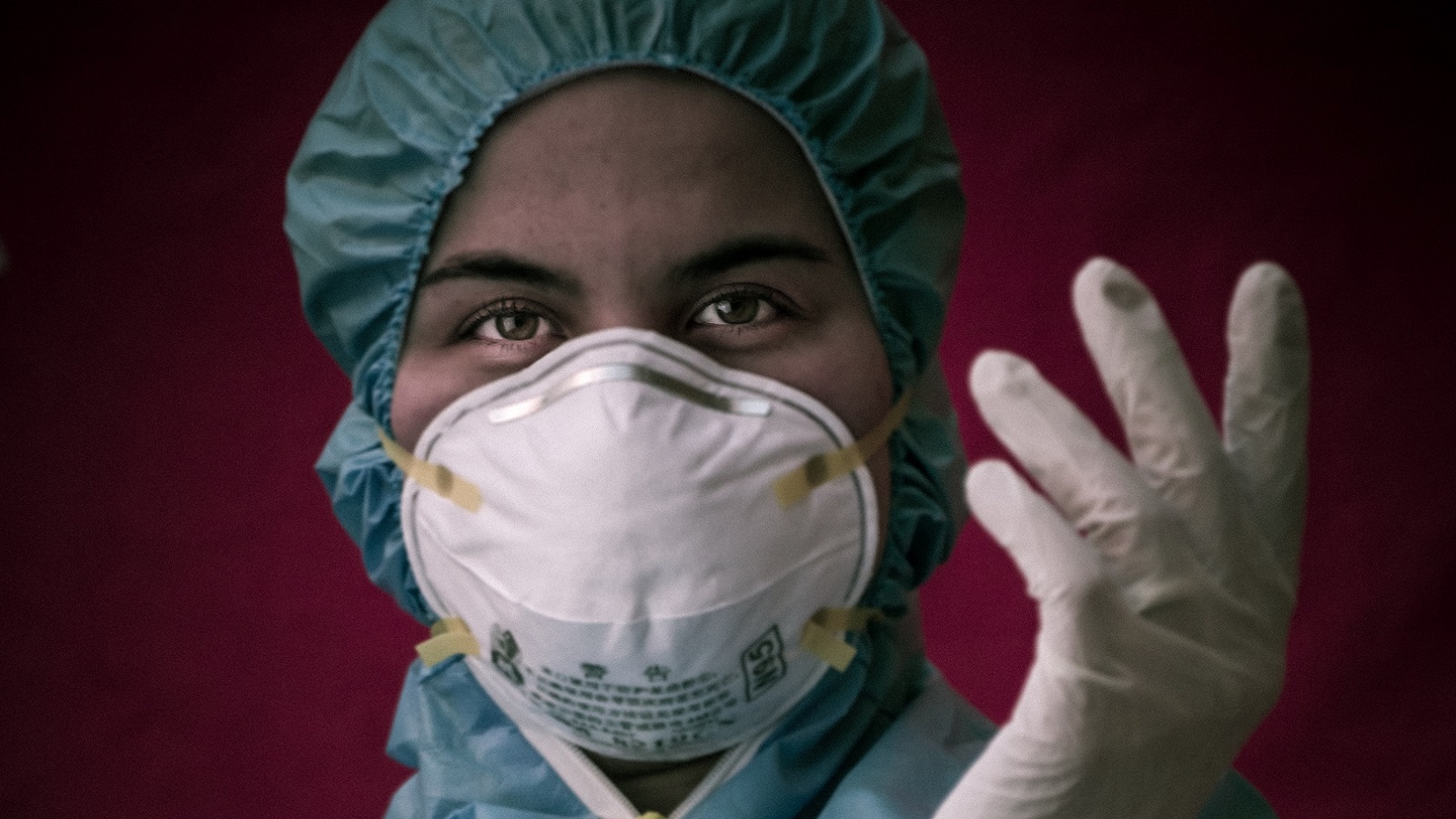Health care workers, including residents, have stepped into the breach of the COVID-19 pandemic, and they have done so at great personal cost. We know that ICU physicians, emergency room physicians, nurses, and nursing home health aides have died in unprecedented numbers. At least one surgical resident is known to have died from COVID-19, and it is likely there are others as well. We also know that caring for patients with COVID-19 creates fear and anxiety among health care workers, leading to both burnout and disability, and a demand for hazard pay. And we know that approximately 25 percent of COVID-19 infections have occurred in health care workers, according to the CDC.
Yet we know relatively little about how health care workers come to be infected and how the infections might have been avoided. Critical to the continuing fight against novel coronavirus is a healthy workforce. We can and should be doing more to protect vulnerable healthcare workers. Better protection starts with increased knowledge.
We need to understand more about health workers who become infected. The best data available were recently reported in MMWR (Morbidity and Mortality Weekly Report: April 20). Between mid-February and early April, among the 16 percent of infected patients who reported data about professional roles, 19 percent were health care workers with an average age of 42; 73 percent were female, and 38 percent had at least one underlying health condition that increased their risk.
Among those infected health care workers who reported direct contact with a person with known COVID-19 disease, 55 percent reported exposure to a patient, and 27 health workers died, more than one-third of deaths occurred in health care workers who were over the age of 65. But we know relatively little beyond these statistics. Why is that?
Many states and hospitals fail to provide sufficient data on health worker infections to assess the severity of the problem or to develop targeted solutions. For example, a survey of states reported by US News and World Report found that only 35 states reported on the number of health workers affected. Even in New York, which has solicited volunteer health workers from across the country, data are not available on the number of health workers affected. To protect worker privacy, few hospitals provide data on the type of worker infected, the health outcomes of infection, whether personal protective equipment (PPE) was being worn and of what type, and whether the infected health worker infected others.
If we are to reassure our staff that we can provide safety, and in fact, prevent these infections, we need to know a lot more.
The recent reports that infection is more common among the underserved and among women suggests that these populations are at special risk. It is likely that these same factors are important in health care workers. This begs a number of questions:
Are health aides, cleaning personnel, and nursing staff, who are more often women of lower socioeconomic status, at special risk because of more extensive contact with patients? If so, are we offering them sufficient protection? Are these same individuals acquiring infection in the community, and if so, do we need to offer special housing, training, or PPE that they can use while not working in the hospital? And what more can we do for our doctors who are dying? If the risk is primarily in the emergency room or ICU, what can we do to make these environments safe? Are PPE not being used properly, or should physician’s shifts be shortened? And the higher risk of death among health care workers over 60 suggests that these workers require special protection, or should be removed from the care of patients with known or suspected COVID-19 disease.
And so the overarching question remains: What can we do to improve the safety of healthcare workers, and reduce their anxiety in the context of the COVID-19 pandemic?
First, we need greater transparency from states and health care organizations around the types of workers being affected; their demographic characteristics, their workplace exposure, and their use of PPE. Quality improvement techniques require first an understanding of the problem before developing, testing and implementing a scalable response. Greater transparency is critical to improving our response and to protecting those on the frontlines.
Second, contact tracing should be implemented to control the virus. It is done it the White House but not always for health care workers. The MMWR report suggests that only half of infections are from patients with known infection while the others acquired it from household members and community contacts,
Exposed persons can be quarantined and removed from patient care, and household and community members be identified and quarantined. This would be a new role for hospitals, but in the absence of sufficient public health resources, hospitals should take on this role.
Third, we should assure workers that their PPE is truly protective. That means we don’t use homemade-cloth masks or surgical masks. More research is needed to demonstrate that the standard N95 masks and eye protection for every health care worker is truly protective.
Fourth, every hospital and state should have a task force focused on the safety of the healthcare work force, with a goal of reducing work-related infections to zero. The task force needs to be informed by data, supported by project management resources, and must have the capacity to implement and test solutions before scaling solutions broadly.
Fifth, each hospital should expand testing to include incoming patients who are either symptomatic or asymptomatic, as asymptomatic patients also spread infection. To do this, testing needs to be expanded, as has been argued by many but has yet to be adequately implemented.
Finally, hospitals and nursing homes should be doing both viral and serologic tests of their employees, both to identify staff with infection so they can be quarantined and contact tracing can be done, and to document the prevalence of prior infection among staff so they know how well, or how badly, they are doing.
Implementing these changes could significantly reduce the number of health worker infections, and provide reassurance to staff that leadership is taking necessary steps to best support their health and well-being. This support could greatly reduce some of the daily stress associated with caring for patients during this pandemic.
Increasing measures of protection will undoubtedly play a role in preventing or reducing a critical shortage in the number of health care workers available to take care of the hospitalized and nursing home patients with coronavirus in the United States and elsewhere. In order to defeat this virus, that’s a foundational requirement.
**Feature photo by hosein zanbori on Unsplash
Interested in contributing to the Harvard Primary Care Blog? Review our submission guidelines
Interested in other articles like this? Subscribe to the Center's newsletter

Russell Phillips, MD, is a primary care physician at Healthcare Associates, a primary care practice at Beth Israel Deaconess Medical Center. Dr. Phillips is Director of the Harvard Medical School Center for Primary Care and the William Applebaum Professor of Medicine and Professor of Global Health and Social Medicine at Harvard Medical School.
- Share
-
Permalink


